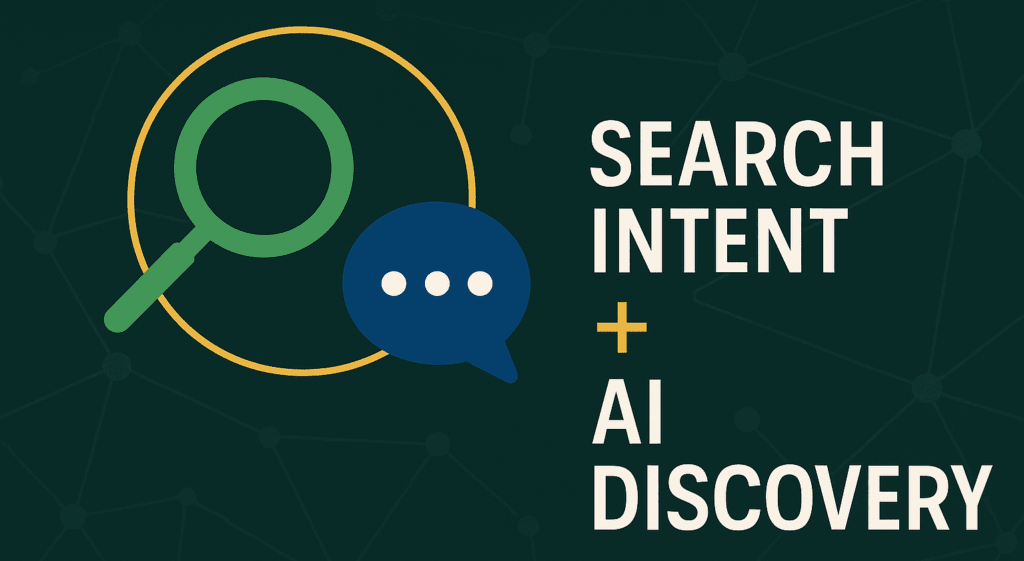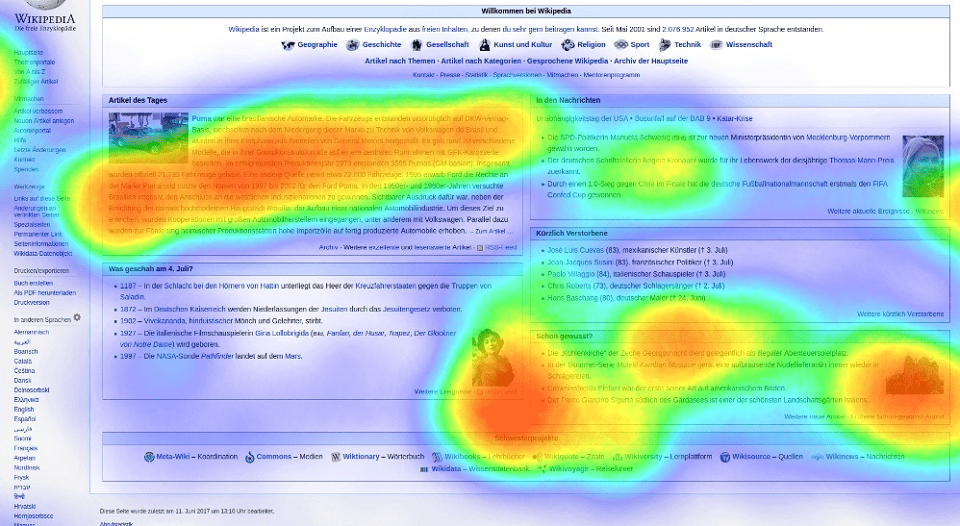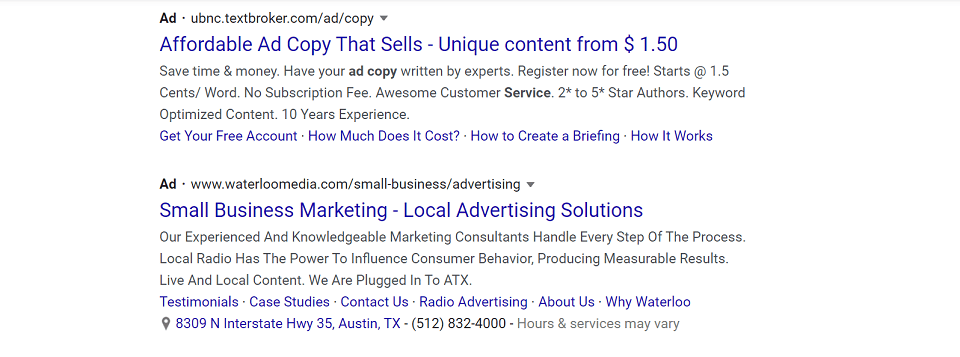Most content strategies still begin with what a business wants to say.
Product launches. Thought leadership. Brand messages crafted in a conference room.
The problem?
That approach ignores how people actually look for information today.
Search is no longer just a list of blue links.
It’s comprised of featured snippets, People Also Ask, AI-generated overviews, and answer engines like ChatGPT and Perplexity.
If your content does not match search intent nor is it optimized for AI discovery, you’ll find that it’s invisible in the places that matter most.
The Shift in How People Search
Users are asking more natural, conversational questions.
They expect fast, direct answers.
They use multiple platforms such as Google, AI assistants, and voice search, often in the same buying journey.
Two things have changed the rules:
- Search intent drives whether your content even appears
- AI discovery decides whether it is cited or summarized in emerging tools
You can no longer treat SEO as an afterthought.
And you can no longer ignore how AI engines interpret and reuse your content.
Search Intent: The Foundation of Modern Strategy
Search intent is the “why” behind a query.
It tells you:
- What the user wants to accomplish
- How far they are in their decision-making process
- Which format will best answer their question
Four main types of intent:
- Informational: looking for knowledge
- Navigational: trying to reach a specific site or page
- Commercial investigation: comparing options before buying
- Transactional: ready to take action or make a purchase
Every piece of content should be designed to match one intent type, and it should signal that clearly to both humans and algorithms.
AI Discovery: The New Layer of Visibility
Answer engines work differently than Google’s traditional ranking system.
They pull from multiple sources to synthesize a single answer.
If your content isn’t structured for easy extraction, it gets skipped.
AI-friendly content needs:
- Clear, concise answers near the top
- Logical headings and subheadings
- Schema markup to guide context
- Consistent terminology that matches how people ask questions
This is not a replacement for SEO; it builds on it.
Think of SEO as the highway and AEO + GEO as the express lanes for AI tools.
Bringing Search Intent and AI Discovery Together
For a strategy that works in both environments, consider a technique called question mapping:
- Identify what people ask in Google, People Also Ask, and forums like Reddit
- Test those same questions in ChatGPT, Perplexity, or Gemini to see how they’re answered
- Document the gaps where your brand could provide a better, clearer response
Then, create content that:
- Satisfies the searcher’s intent
- Uses the right format for that stage of the journey
- Includes structured elements so AI tools can parse and cite it
The Cross-Functional Role in Making This Work
Search intent and AI discovery are not just the SEO team’s responsibility.
- Content teams ensure answers are clear, accurate, and well-structured
- SEO specialists guide keyword targeting and optimization
- Product marketing provides authoritative details
- Developers add schema and ensure the site is fast and accessible
- Analytics teams track both rankings and AI citations
When every function contributes, you will create content that is both findable and usable across all discovery platforms.
Measuring Success in Both Worlds
Traditional SEO metrics like rankings, traffic, and conversions still matter.
But now you also need to measure:
- Inclusion in featured snippets and People Also Ask
- Mentions or citations in AI-generated answers
- Presence in Google’s AI Overviews (when active)
- AI assistant results for key queries
By tracking both, you will be able to understand the full impact of your strategy.
Final Thoughts
Content without context fails.
If you want to be visible in 2025 and beyond, your content strategy must begin with:
- The intent behind the query
- How AI engines interpret and deliver answers
When you align content with both search intent and AI discovery, you are not just chasing rankings.
You are building lasting visibility in the places people look for answers every day.
Need help creating an intent-first, AI-ready content plan?
Contact Return On Now to build a strategy that wins in both search and answer engines.
Tommy Landry
Latest posts by Tommy Landry (see all)
- B2B SEO in 2025: Winning Visibility in AI-Curated Buyer Journeys - December 16, 2025
- Local SEO Meets AEO and GEO: How AI Platforms Read Local Authority Signals - December 9, 2025
- What Is an SEO Proposal and What Should It Include? - December 2, 2025





